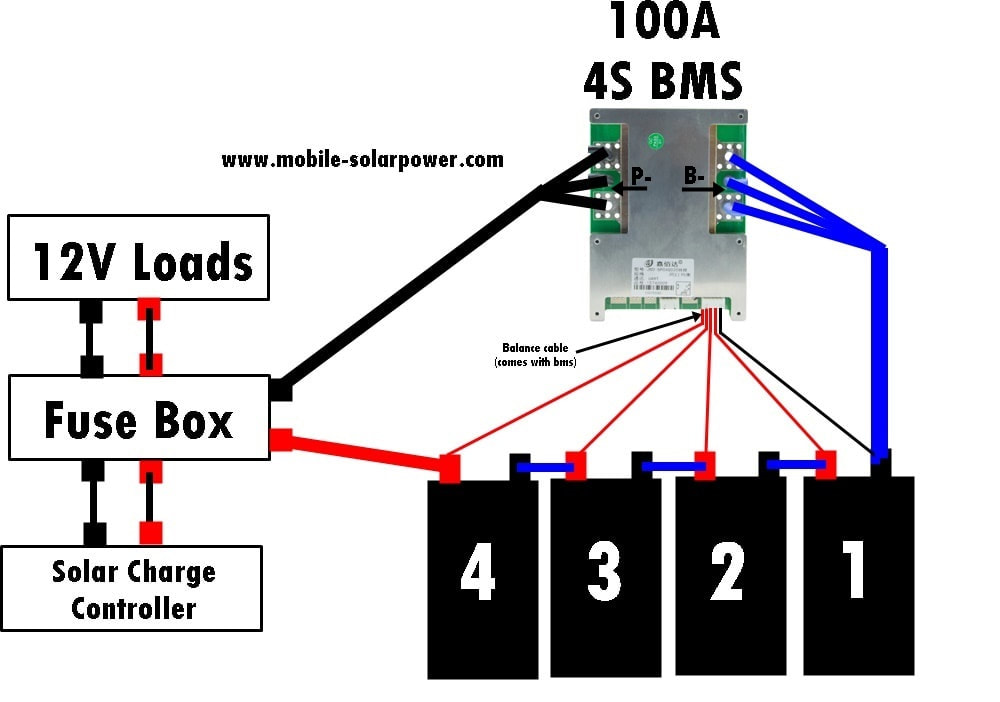I am seeing this as a recurring theme, that folks that have a continual load have a higher charge and higher float level.
@Ped is a full-time RVer i believe and he has an inverter and mini-fridge going 24/7 (i was paying attention to what you were saying!)
My RV sit in the driveway more than i'd like. If i were to float at 13.6, it would be micro-cycling all day long. My cells settle to 3.35v very quickly so my system would start a charge cycle from 13.6v to my max charge voltage several times an hour, all day long, everyday. I have my float value at 13.2v (3.3v) and it may be weeks between charge cycles (2 amp tender to engine battery and small misc drains). I might bump this up higher if i need to maximize battery capacity while traveling for some reason, but i've oversized my battery by design to avoid this scenario.




